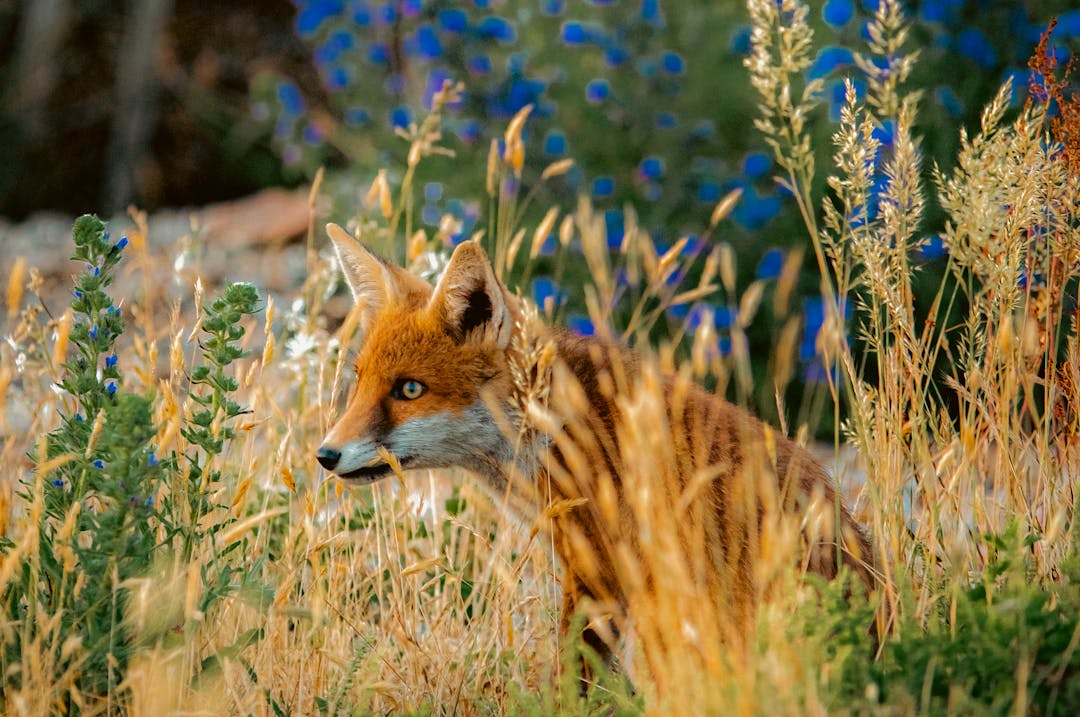Urban green spaces—such as parks, gardens, and greenways—are often overshadowed by the pressing issues of urban development and infrastructure. However, their importance in enhancing both biodiversity and human well-being cannot be overstated. As cities expand, it is vital to recognize and advocate for these green areas, which offer a wealth of ecological and societal benefits.
1. Biodiversity in Urban Environments

Urban green spaces play a crucial role in supporting biodiversity within city limits. These areas provide essential habitats for various species of birds, insects, and small mammals that might otherwise struggle to survive in densely built environments. The presence of diverse plant species in these spaces supports a range of wildlife, creating microhabitats that contribute to the overall health of urban ecosystems. By maintaining and expanding these green spaces, cities can help preserve local biodiversity and ecological balance.
2. Green Spaces as Biodiversity Corridors

Green spaces can also function as biodiversity corridors, connecting fragmented habitats and enabling species movement. These corridors are essential for species migration, genetic diversity, and survival. For example, interconnected parks and greenways can facilitate the movement of pollinators such as bees and butterflies, which are vital for plant reproduction. By linking different green areas, cities can help sustain ecological processes and enhance the resilience of urban wildlife populations.
3. The Psychological Benefits of Nature

The impact of green spaces on human mental health is significant. Access to natural environments has been shown to reduce stress, anxiety, and depression. Research indicates that even brief exposure to greenery can lower cortisol levels, promoting relaxation and mental clarity. In the high-pressure environment of urban living, green spaces offer a necessary escape, improving overall well-being and life satisfaction. The visual and sensory experiences provided by parks and gardens are invaluable for mental health.
4. Social Interaction and Community Building

Urban green spaces are also vital for fostering social interaction and community cohesion. Parks and gardens serve as communal areas where people from diverse backgrounds can come together, participate in recreational activities, and build social connections. These spaces encourage community engagement and help bridge social divides, promoting a sense of belonging and collective identity. By supporting vibrant public spaces, cities can enhance social bonds and improve overall community well-being.
5. Physical Health and Well-Being

The presence of green spaces encourages physical activity, which is crucial for maintaining health. Activities such as walking, jogging, and sports are more likely to occur in accessible green areas. Regular exercise in these environments contributes to lower obesity rates, better cardiovascular health, and overall physical fitness. Green spaces offer an opportunity for active lifestyles, which is increasingly important in an era where sedentary behaviors are on the rise.
6. Environmental Benefits and Sustainability

Urban green spaces contribute significantly to environmental sustainability. They improve air quality by filtering pollutants and increasing oxygen levels. They also mitigate the urban heat island effect through cooling and shade, and aid in managing stormwater by reducing runoff and flooding. These environmental benefits help cities adapt to climate change and create more resilient urban environments. Investing in green infrastructure is a key component of sustainable urban planning.
In conclusion, urban green spaces are vital for enhancing biodiversity, supporting mental and physical health, fostering social interaction, and promoting environmental sustainability. As urbanization progresses, it is our responsibility to champion these spaces and ensure their integration into the fabric of our cities, ensuring they remain beneficial for all.







